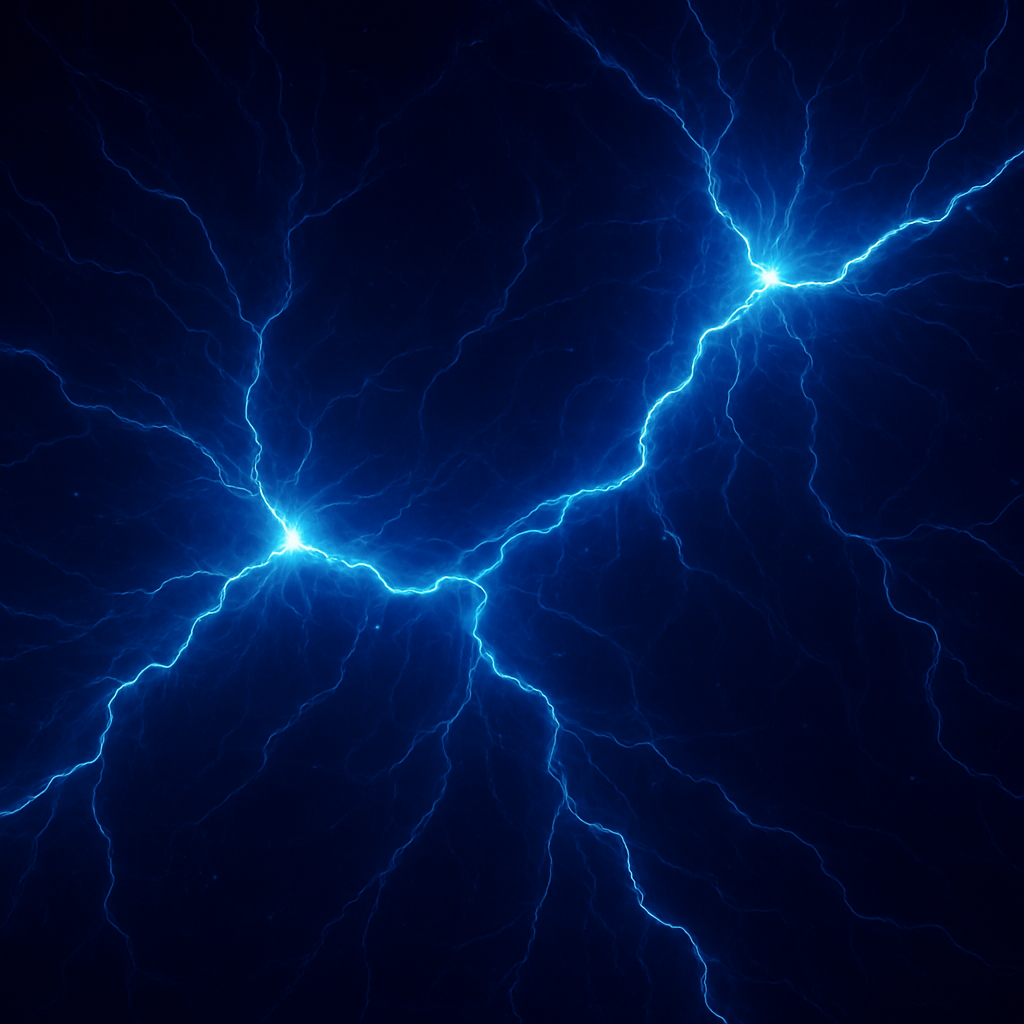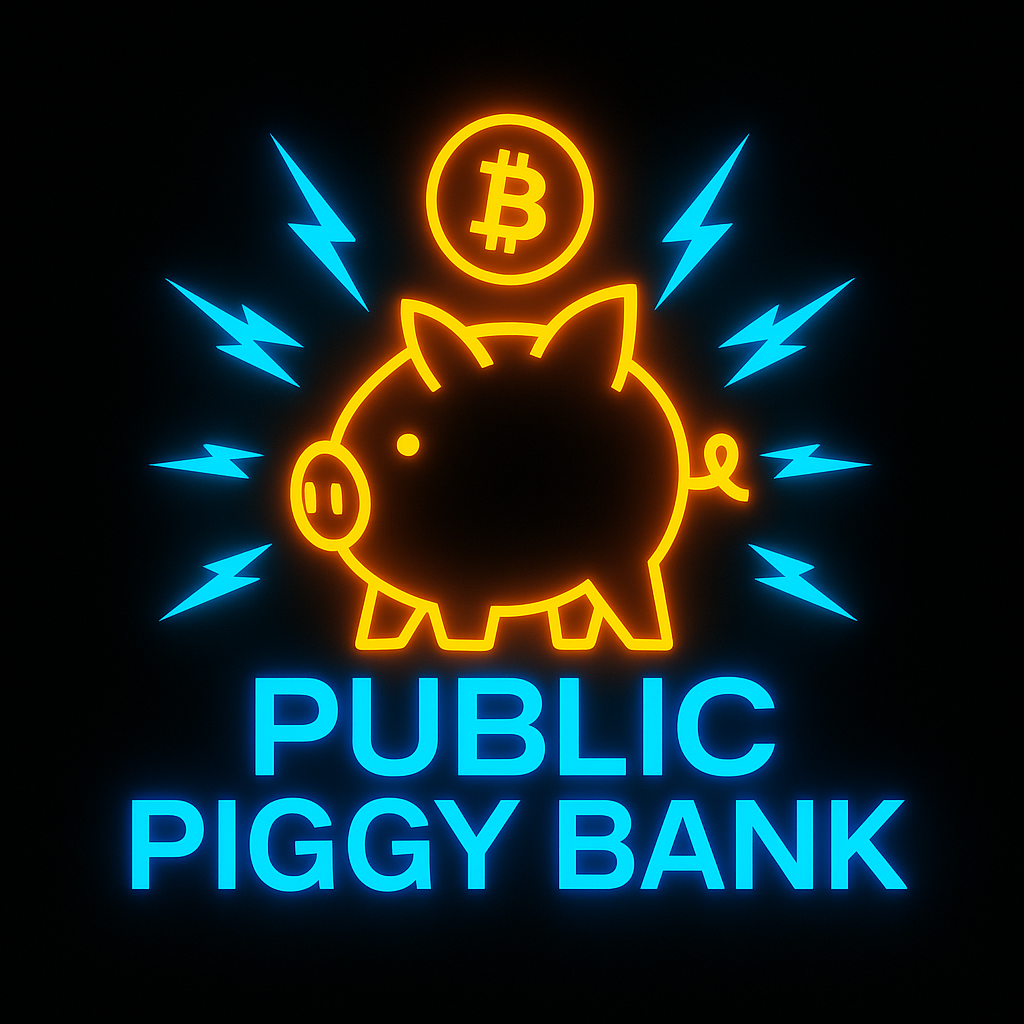
What Is Network Difficulty?
Network difficulty is a measure of how hard it is for miners to find a valid block (a solution to a cryptographic puzzle). It keeps the Bitcoin block time close to 10 minutes, no matter how many miners join or leave the network.
Why Does It Matter?
Bitcoin has no central clock or controller. Instead, it uses difficulty to adjust for real-world conditions. If more miners start mining (more computing power), blocks will be found faster — unless the difficulty rises to slow them down.
How Does It Work?
1. Miners compete to find a hash (a number) below a certain target value — this is like guessing a lottery number.
2. Every 2,016 blocks (about every two weeks), the network looks at how fast those blocks were mined.
3. If blocks were mined too quickly (in under 2 weeks), the difficulty increases.
4. If blocks were mined too slowly (more than 2 weeks), the difficulty decreases.
5. The formula ensures that blocks are still found on average every 10 minutes, despite changes in how many miners or how much energy is involved.
Real-World Example:
Let’s say thousands of new miners join the network with super-powerful machines.
Blocks get found every 6 minutes instead of 10.
After 2,016 blocks (around 2 weeks), the network sees: “Whoa, too fast!”
It automatically increases the difficulty — making the puzzle harder.
Block times return closer to 10 minutes.
Why Is This So Important?
Security: It keeps the system stable even as hash power rises or falls dramatically.
Predictability: Everyone knows Bitcoin will produce about 144 blocks/day.
Fairness: No one can rush the system to earn unfair rewards.
Decentralization: The protocol adjusts itself — no one person or group controls it.
Difficulty is Bitcoin’s thermostat — it reacts automatically to changes in network “temperature” (hash rate) to keep the system running smoothly.

